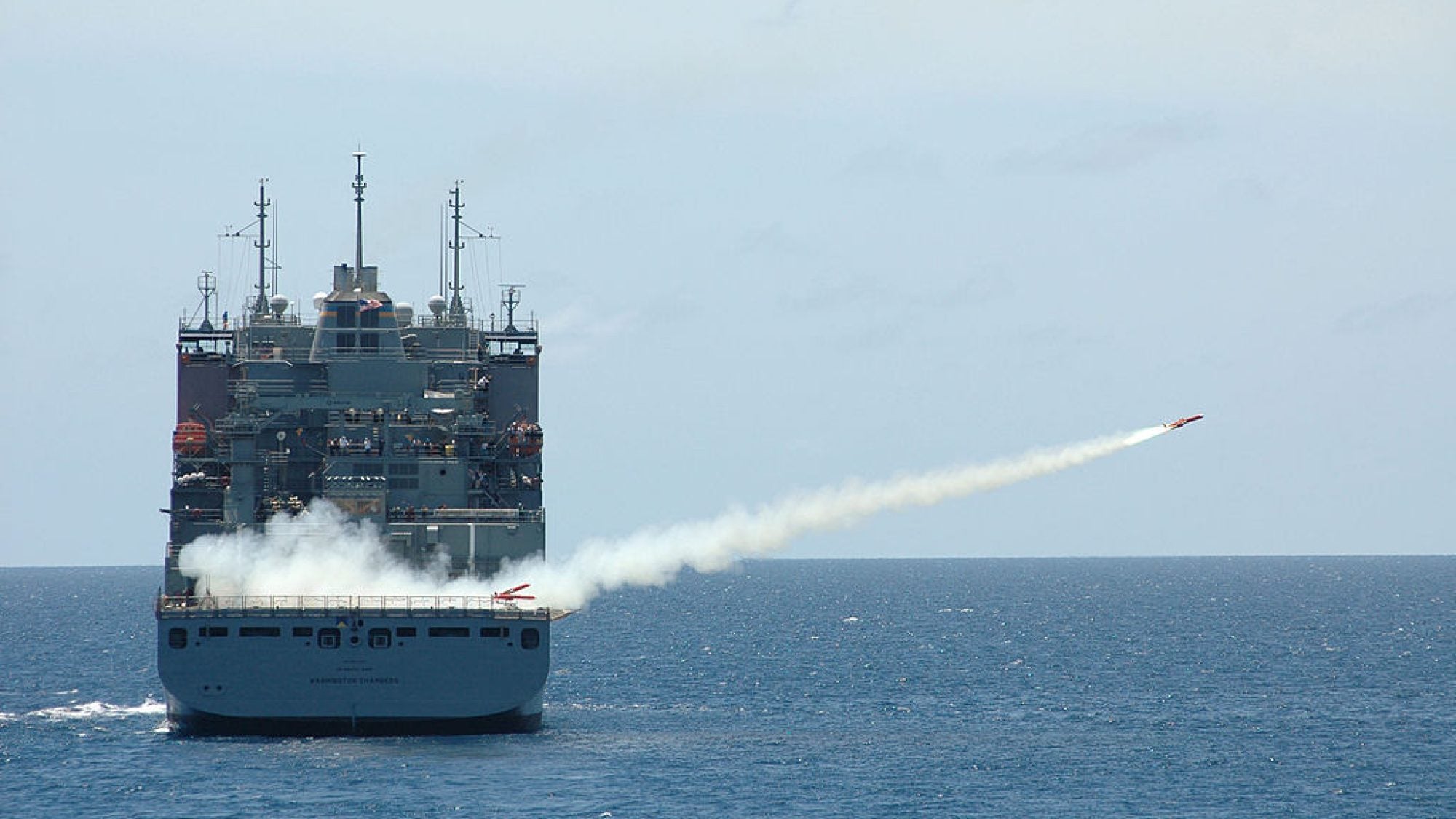
Title: Beyond Ethics: Drones in Realpolitik
Over the past few weeks, a great deal has been written concerning the use of drones (UAVs) by the American military in theaters including, but not limited to, Yemen, Afghanistan, and Pakistan. There have also been recent discussions of them being moved to European bases for the operation in Mali to augment the current surveillance mission. While the use of drones for surveillance is an issue worth exploring, it is not nearly as explosive as their use in targeted killings of suspected terrorists and consequent collateral damage.
Aside from the ethical dilemma associated with the use of drones in modern warfare (primarily associated with the impersonal killing of others that are subject of a forthcoming UN inquiry), there are tangible realpolitik imperatives to weigh when considering the military use of drones.
First, the use of drones by the American military will almost certainly lead to the proliferation of drone technology. Given its peaceful uses in oil exploration and monitoring the movement of icebergs, it is easy to imagine the weaponization of this technology by other states. Already, European countries have recognized the gaps in their own forces. As François Heisbourg, a Special Adviser at the Foundation for Strategic Studies points out, “the French, like the Germans, are in a catastrophic situation when it comes to the Medium Altitude Long Endurance drone… At some stage, [they] will have to buy drones off the shelf from the Americans and develop them.” Thus, it is a question of when, not if, other states have drone technology. Furthermore, drones, being relatively small and inconspicuous present a clear danger of being developed, stolen, or used by non-state actors.
In such an event, it is unclear whether the U.S. military is equipped for this technology to be used either against them or on a global scale. While the offensive/defensive balance of weapons technology has nominally favored new offensive technology, inconspicuous drones offer a particular challenge given their ability to avoid detection by radar and the lack of human cost associated with losing them. Subsequently, the logic of consequences considerations that often limit the incidence of warfare or combat might no longer inform this new calculus.
Lastly, the use of drones in situations outside recognized theaters of combat further blur the already endangered concept of sovereignty. Clearly, drone activity (of the type taking place in Pakistan) over a country that has not given its permission constitutes a violation of sovereignty. With that said, this is unsurprising given that the American ‘War on Terror,’ like the ‘War on Drugs,’ knows no boundaries. In the meantime, the use of drones will be a constant bone of contention between those states that advocate for strict adherence to nonintervention norms versus those that acknowledge the utility of this weapon in light of global threats to security.
While the future of drones is uncertain, the development of ‘rules of the road’ in the counterterrorism ‘playbook’ offers a way forward–although it remains limited by its being a wholly unilateral American initiative and the fact that the White House appears likely to give the CIA a pass on the use drone strikes in Pakistan for the coming year. A recently leaked Department of Justice white paper suggests that the American government is using an expansive definition of what constitutes self-defense or imminent attack as the legal basis for their operations. Further, the burden of proof relies overwhelmingly on “informed, high-level” officials. It seems likely, given the backlash to the release of the document and the furore surrounding the use of drones at John Brennan’s confirmation hearing, that more stringent limits on the use of drones be created. With that said, such a process is likely to be slow as policymakers weigh the benefits of having a flexible and overwhelming response to militants against the respecting the rights of its citizens and international law.
At the nexus of national, international, and regional concerns, drones will remain a contested weapons technology for the foreseeable future.
Image Credit: Public domain photograph from defenseimagery.mil., Wikimedia Commons
This is an archived article. While every effort is made to conserve hyperlinks and information, GJIA’s archived content sources online content between 2011 – 2019 which may no longer be accessible or correct.
More News

This article explores the uncertain future of Arctic governance amid shifting global geopolitics. It argues that whether Washington and Moscow opt for confrontation or cooperation, multilateralism in the Arctic…

Twenty-five years ago, the United Nations Security Council adopted Resolution 1325, establishing a framework that underpins the Women, Peace, and Security (WPS) Agenda. The Resolution recognized both the…

When we analyze conflicts in the Middle East, we are not analyzing conflicts with isolated impacts but risks for global energy security. Recent conflicts in the Middle East have highlighted…